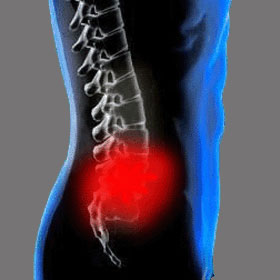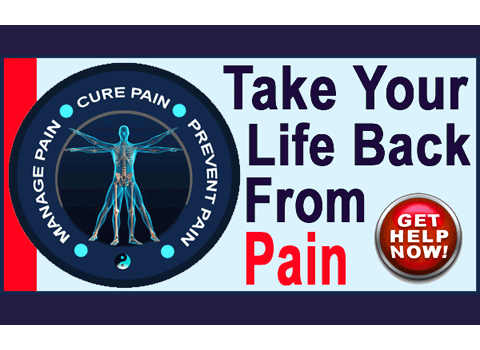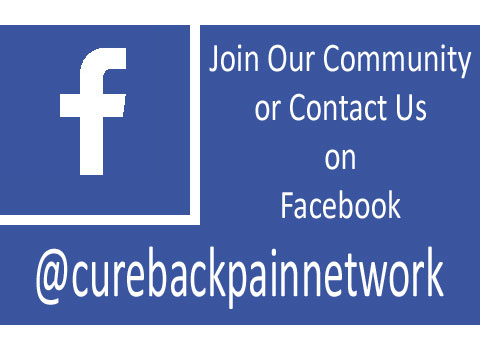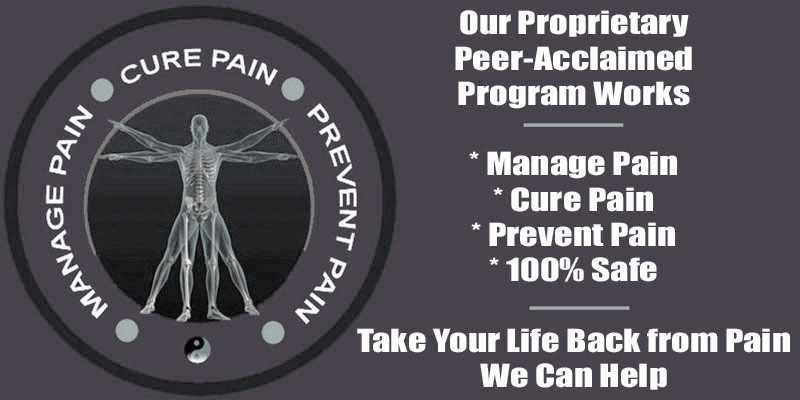
Spinal stenosis presentation ranges greatly in severity, exact expression and age of onset. Since stenosis can be such a case-specific health issue, it is difficult to characterize a typical profile and even more challenging to predict an accurate prognosis in many patients.
How does spinal stenosis present clinically? When does the condition become a concern and when does it become a real threat? What about all the evidence demonstrating that spinal stenosis is actually universal, expected and quite normal? There are many things to consider when evaluating the presentation of vertebral canal stenosis.
Symptomatic Spinal Stenosis Presentation
Most mild to moderate stenosis is considered completely normal in older people past middle age. Virtually everyone will demonstrate the structural changes associated with stenosis, especially in the middle to lower cervical and lower lumbar spinal levels. The vast majority of people will never develop stenosis severe enough to create any serious or lasting symptoms. Most cases remain largely asymptomatic, while some cases are mildly and temporarily symptom-generating.
Patients who do demonstrate symptoms might present with mild pain and related neurological symptoms, dire pain and neurological symptoms or anywhere in between these 2 extremes. Worst still, the structural degree of stenosis does not always correspond to the degree of symptomology due to many possible factors.
Patients who are symptomatic may have expressions of pain locally, at or near the stenotic location, but many do not. The most common expressions are those found in areas of the body innervated by areas of the spinal cord or cauda equina that may be suffering compression. This makes diagnosis that much more challenging, since symptoms may exist almost anywhere below the affect spinal level and also may include autonomic deficits besides the more common sensory and motor deficits due to nerve compression.
Spinal Stenosis Diagnostic Evaluation
Being that spinal stenosis is basically a normal and universal process, how does a clinician know which cases are actually generating symptoms and which cases might be incidental to symptoms? There is no doubt that stenosis can and does act as one of the great back and neck pain scapegoats in the modern healthcare system.
Stenosis is easier to correlate to symptoms than many other back pain diagnoses. Therefore, it does tend to enjoy improved diagnostic accuracy when blamed as the primary source of symptoms. However, some patients are still misdiagnosed and suffer terribly from unnecessary treatment and often barbaric surgery that is not targeting their true symptomatic origin. We have seen countless cases where postoperative stenosis patients immediately feel so much better. However, we have seen thousands who did not enjoy any improvement, despite their operations being judged a success from an anatomical viewpoint (i.e., the stenosis was corrected).
Spinal neurologists should always be primary caregivers for any stenosis diagnosis. Trusting any other type of care provider is risky and may increase the chances for misdiagnosis, unsuccessful therapy and chronic pain.
Our guidance to all caregivers who work with stenosis patients is to judge each individually and never make assumptions. Furthermore, do not skip any steps during the diagnostic process, including a full physical exam and careful symptomatic correlation. Always keep in mind the normality of stenosis and the fact that many people have incidental stenosis with various unrelated health issues, including the common presentation of mindbody ischemic pain syndromes.
Solving the Riddles of Spinal Stenosis Presentation
Spinal stenosis can be a devastating diagnosis. The potential consequences of severe stenosis are dire, including incontinence, sexual dysfunction, paralysis and even death. While these fates are uncommon, and since stenosis can usually be successfully treated with indicated care, the risks are still great for anyone with a clinically significant presentation.
All this being said, it is never prudent for care providers to assume that even severe structural stenosis is the direct source of symptoms. Remember the many, many people who image positively for advanced stenosis, yet have no pain or neurological deficits, nor ever develop them. If many asymptomatic people can demonstrate such seemingly serious anatomical presentations without pain, then there is no reason to assume people who do have pain are suffering as a result of stenosis inherently. Be sure to complete a full diagnostic workup before placing blame clinically…
As always, we also caution patients to educate themselves on the facts of spinal stenosis and advocate for their own best interests. Sometimes, it can be overwhelming to be a patient with a serious health issue, but one must never drop their guard or become passive in their own care. Doing so is the perfect opportunity to face misdiagnosis and possibly dangerous treatment that has no hope of providing a cure.
Spinal Stenosis > Spinal Stenosis Diagnosis > Spinal Stenosis Presentation





